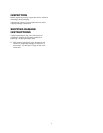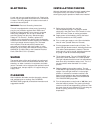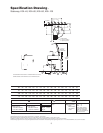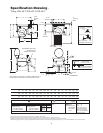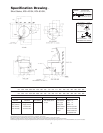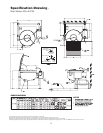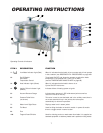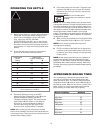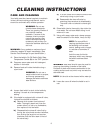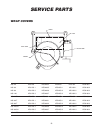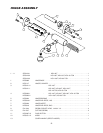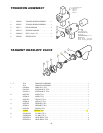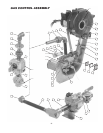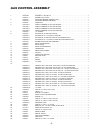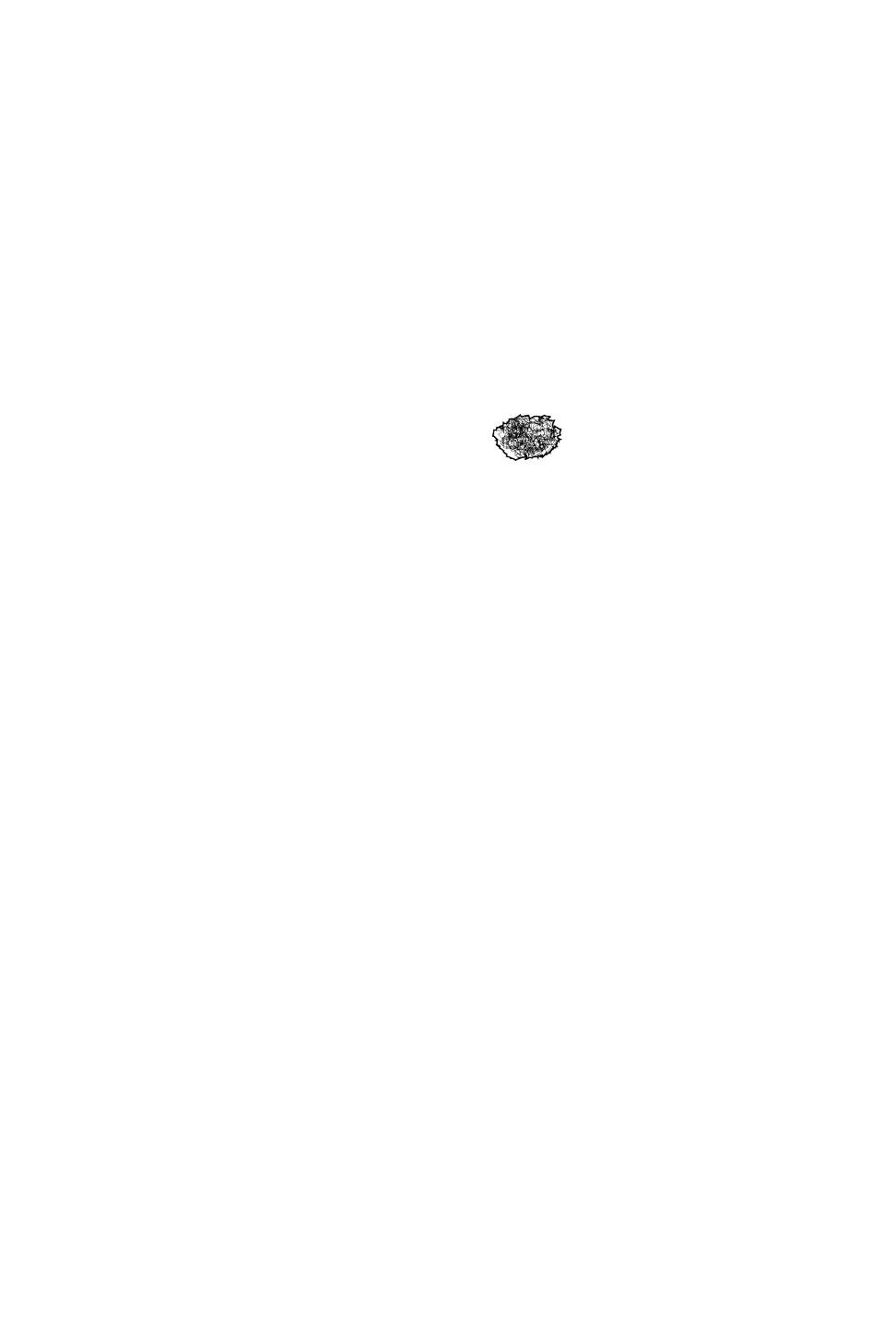
9
CARE AND CLEANING
Your kettle must be cleaned regularly to maintain
its fast, efficient cooking performance, and to
ensure its continued safe, reliable operation.
WARNING: Do not use
chloride base detergents.
There is a growing number of
non-chloride cleaners
available. If unsure of the
cleaners chlorine content
consult the supplier. Also
avoid cleaners containing
quaternary salt as they can
cause the stainless steel to pit
and rust.
WARNING: If any gaskets or seals are found
defective, replace or repair immediately. (See
Service Parts Drawings for part identification.)
1. Place the kettle's On-Off Switch/Solid State
Temperature Control (2) to the "OFF" position.
2. Prepare a warm water and mild detergent
solution in the kettle.
3. Remove food soil inside the kettle using a
nylon brush.
WARNING: Do not use a
metal bristle brush or scraper,
as this may permanently
damage the kettle's stainless
steel surface.
4. Loosen food which is stuck to the kettle by
allowing it to soak at a low temperature
setting.
5. If the kettle is equipped with a draw-off valve,
it should be cleaned as follows:
a) Remove drain screen from bottom of
kettle. Thoroughly wash and rinse the
screen either in a sink or a dishwasher,
then replace it into the kettle.
b) Disassemble the draw-off valve first by
turning the valve knob counter-clockwise,
then turning the large hex nut counter-
clockwise until the valve stem is free of
the valve body.
c) In a sink, wash and rinse the inside of the
valve body using a nylon brush.
d) Reassemble the draw-off valve by
reversing the procedure for disassembly.
The valve's hex nut should be hand tight
only.
6. Rinse kettle interior thoroughly, then drain the
rinse water. Do not leave water sitting in unit
when not in use.
7. Using mild soapy water and a damp sponge,
wash the exterior of the kettle, rinse, and dry.
NOTE: For more difficult
cleaning applications one of
the following can be used:
alcohol, baking soda, vinegar,
or a solution of ammonia in
water.
Avoid the use of chloride
cleansers, which may damage
the kettle's stainless steel
surface.
WARNING: Steel wool should never be used for
cleaning the cooking chamber of the kettle.
Particles of steel wool become embedded in the
cooking surface and rust, which may corrode the
stainless steel.
NOTE: Unit should not be cleaned with a water jet.
8. Leave the cover off when the kettle is not in
use.
CLEANING INSTRUCTIONS



